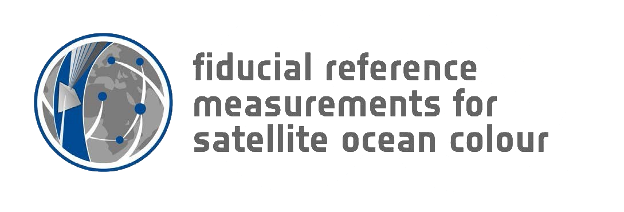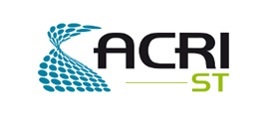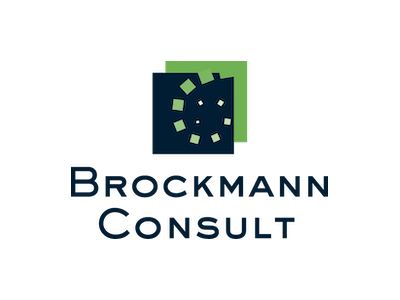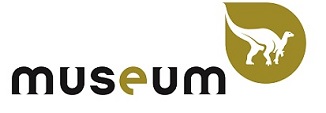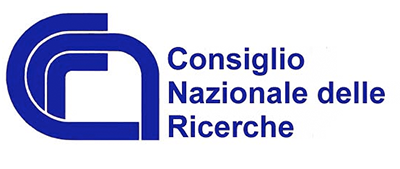A comparison calibration of ocean colour radiometers is held within the FRM4SOC phase 2 project from February to August 2022.
The comparison calibration is organised as a round-robin event. The measurand of the comparison is the responsivity factor determined for all transfer radiometers using the participant’s own spectral irradiance and radiance reference standards, and own standard calibration procedures. In addition, characterization of non-linearity, polarization sensitivity and angular response of transfer radiometers are proposed if available at the participating laboratory. The first loop of the comparison (from February to April) involves laboratories in Europe and the second loop (from May to August) in North America.
The transfer standards in the laboratory comparison are two TriOS-RAMSES and two Satlantic-HyperOCR instruments. The pilot of the comparison (University of Tartu, UT) calibrates the transfer radiometers before and after each round of measurements by the participants, in order to ascertain if there has been any change in their responsivity during the comparison.
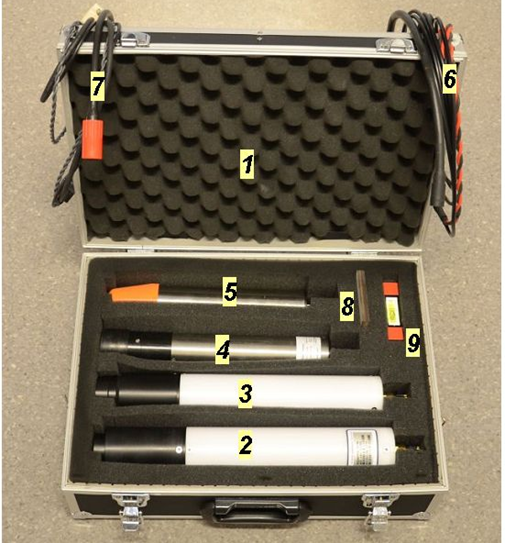
Transfer radiometers of the comparison calibration: 1 - the case, 2 - Satlantic HyperOCR radiance sensor, 3 - HyperOCR irradiance sensor, 4 - TriOS RAMSES radiance sensor,
5 - RAMSES irradiance sensor, 6 - HyperOCR connection harness, 7 - RAMSES connection harness, 8 - alignment jig, 9 - bubble level.
The pilot provides the comparison guidelines, collects and analyses the comparison results, and prepares the report. All participants must be able to document their traceability to SI for both irradiance and radiance measurements via appropriate calibration certificates and to evaluate their associated uncertainties. This includes all the uncertainty components that are additional to those on the calibration certificates, e.g. those related to the alignment of the lamp, panel and radiometer, distance measurements, and other relevant laboratory-specific factors such as power supply stability and accuracy. To facilitate the correct compiling and reporting back of uncertainty budgets the pilot will discuss all these additional uncertainty contributors with participants.
The quantitative results of the comparison will be presented in terms of differences between each participant’s measurement and the consensus value of all of them. Although the measurement results will be available for all pixels, some of the characterisation and correction coefficients will be presented for a limited wavelength range or discrete wavelengths as described below. The draft report of the comparison will be available by August 2022.
Contact
Viktor Vabson, UT
viktor.vabson@ut.ee

